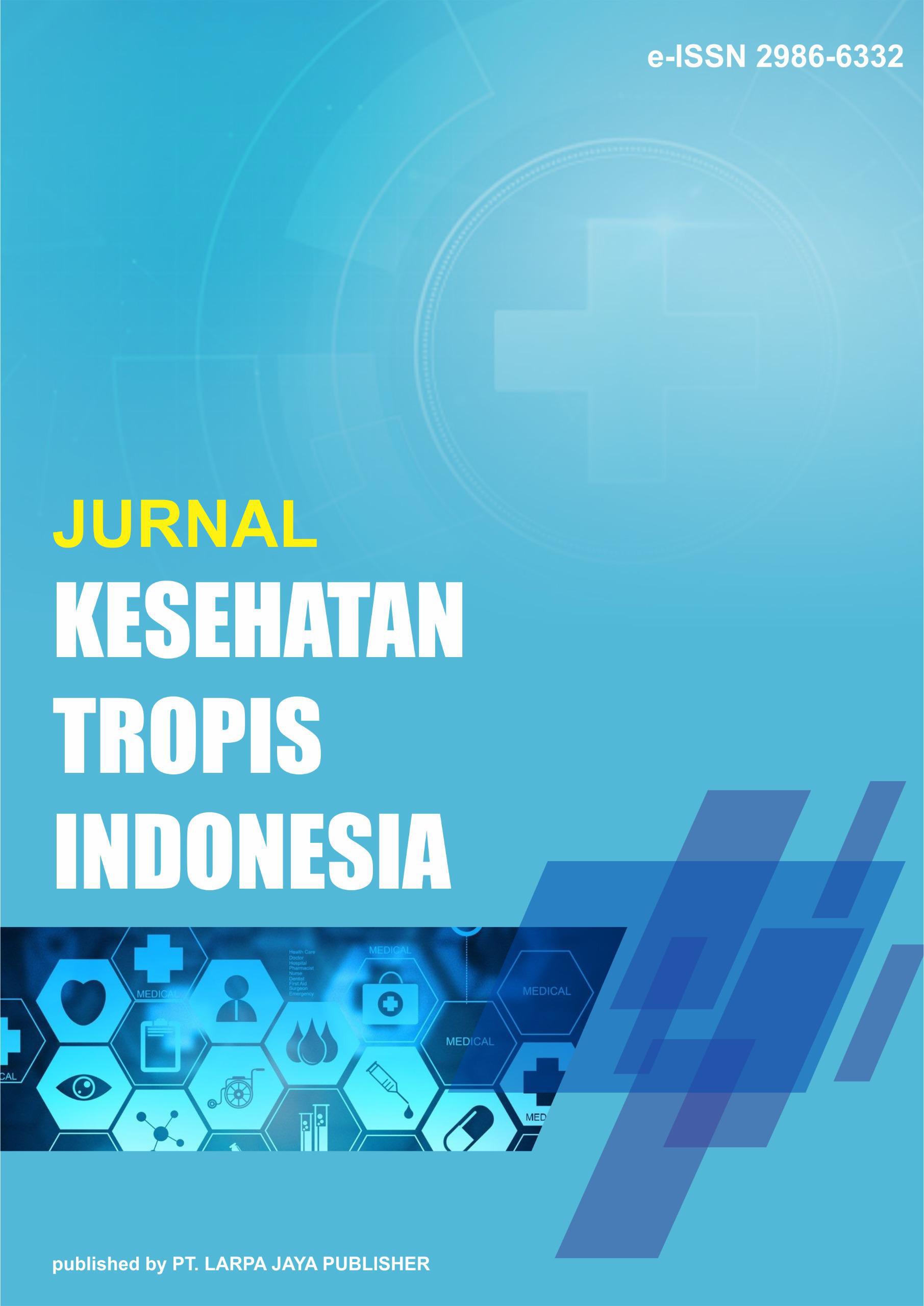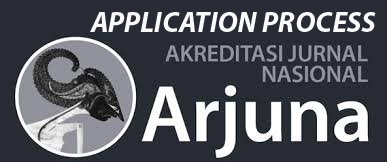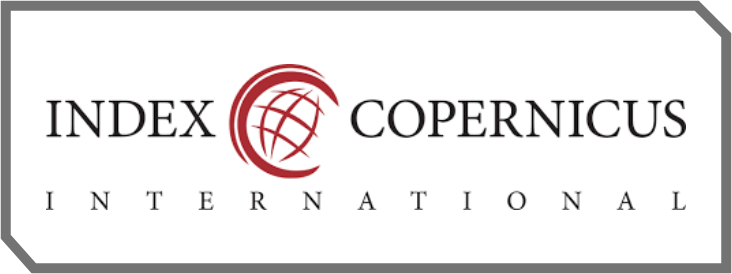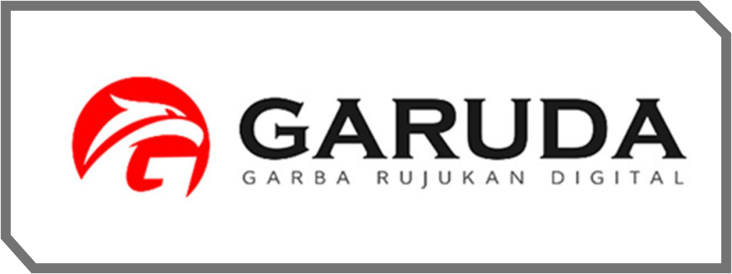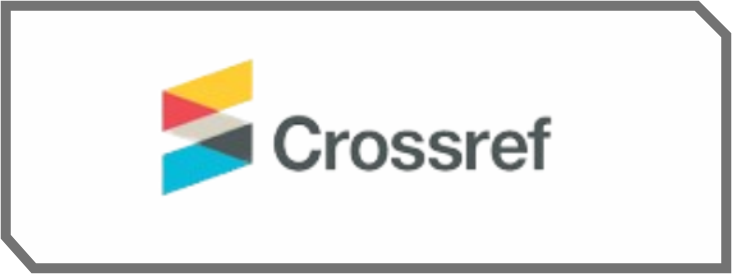Isolasi dan Uji kadar Senyawa Flavonoid Pada Daun Kelor (Moringa Oleifera) Menggunakan Metode Klt Dan Spektrofotometri Uv-Vis
DOI:
https://doi.org/10.63265/jkti.v3i1.68Keywords:
Daun Kelor, Isolasi, Flavonoid, KLT, Spektrofotometri Uv-VisAbstract
Moringa leaves (Moringa oleifera) are a source of bioactive compounds, including flavonoids, which have therapeutic benefits such as antioxidants and anti-inflammatory. This research aims to isolate and identify flavonoids in Moringa leaves using Thin Layer Chromatography (TLC) and UV-Vis Spectrophotometry methods. Moringa leaf samples were extracted using 70% ethanol via the maceration method. The TLC test results showed an Rf value of 7.7, identical to quercetin as the main flavonoid. Quantitative analysis using UV-Vis spectrophotometry at a wavelength of 425 nm produced flavonoid levels of 0,99%. This discovery confirms the presence of quercetin in Moringa leaves, supporting its potential as a source of active compounds useful for pharmaceutical and health applications
References
Fandi, D. M., et al. (2014). Aktivitas Antioksidan dan Antikanker Flavonoid pada Tanaman Obat. Jurnal Biologi Farmasi, 7(2), 123– 130.
Berawi, K. N., et al. (2019). Kandungan Antioksidan pada Daun Kelor (Moringa oleifera). Jurnal Farmasi Indonesia, 14(3), 45–50.
Endarini, T. (2015). Analisis Kadar Flavonoid dengan Metode KLT dan UV-Vis. Jurnal Kimia dan Farmasi, 8(1), 57–64.
Firmansyah, D., et al. (2015). Peran Flavonoid sebagai Antihipertensi. Jurnal Farmasi Klinis Indonesia, 5(3), 200–208.
Laksmiani, N. P. D. (2020). Identifikasi Flavonoid dalam Ekstrak Tanaman Herbal Menggunakan KLT. Jurnal Ilmu Kesehatan Indonesia, 12(1), 76–83.
Marjoni, M. (2016). Teknik Ekstraksi Senyawa Aktif pada Tumbuhan. Jurnal Teknologi Farmasi, 5(2), 91–102.
Nanda, S. (2019). Pemilihan Pelarut Polar dalam Ekstraksi Senyawa Flavonoid. Jurnal Kimia Farmasi, 10(4), 143–149.
Nurcahyati, T. (2014). Pemanfaatan Daun Kelor Sebagai Obat Tradisional. Jurnal Tanaman Obat Indonesia, 6(2), 35–40.
Qinghu, L., et al. (2016). Bioactive Flavonoids in Medicinal Plants. Journal of Pharmacology Research, 15(1), 33–47.
Rukmini, R., et al. (2020). Potensi Keanekaragaman Hayati Indonesia dalam Bidang Kesehatan. Jurnal Bioteknologi, 9(3), 100–115.
Rudiana, T., et al. (2020). Aktivitas Antioksidan dan Antiinflamasi Daun Kelor ( Moringa oleifera). Jurnal Farmasi Indonesia, 12(4), 87–93.
Savin-williams, R.C. (2016). Sexual Orientation: Categories or Continuum? Commentary on Bailey et al. (2016). Psychological Science in the Public Interest, 17, 37 - 44.
Talat, Z., Blix, H., Valvoda, J., Ganesh, M. I., Cotterell, R., & Williams, A. (2021). A word on machine ethics: A response to Jiang et al.(2021). arXiv preprint arXiv:2111.04158.
Vergara-Jimenez, M., et al. (2017). Nutritional and Therapeutic Applications of Moringa oleifera. Journal of Nutrition and Health, 20(2), 123–136.
Wulan, D. A., et al. (2021). Potensi Kuersetin Sebagai Terapi Degeneratif. Jurnal Farmasi Klinis Indonesia, 15(1), 45–53.
Yulia, E., et al. (2022). Analisis Kandungan Flavonoid Total dengan Metode UV-Vis. Jurnal Analisis Farmasi, 10(3), 65–73.
Downloads
Published
How to Cite
Issue
Section
License
Copyright (c) 2025 Munawir, Dewi Natalia Sri Harmoni, B. Fitria Maharani

This work is licensed under a Creative Commons Attribution-NonCommercial 4.0 International License.

